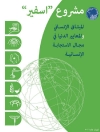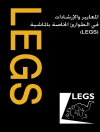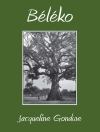This book explores how six American writers have artistically responded to the racialization of U.S. frostbelt cities in the twentieth century. Using the critical tools of spatial theory, critical race theory, urban history and sociology, Simpson explains how these writers imagine the subjective response to the race-making power of space.
Table des matières
Introduction: Living for the City: Reading Twentieth Century Ghettoes in Postmodern Times ‘The Love of Colour in Me’: Anzia Yezierska’s Bread Givers (1928) and the Space of White Racial Manufacture ‘To Make a Man Out of You: Masculine Fantasies and White Failure in Michael Gold’s Jews Without Money (1930)’ ‘Jammed in Hemispherical Blackness’: Looking Through Campy Transvestitism in Hubert Selby Jr.’s Last Exit to Brooklyn »Enough to Make a Body Riot’: Chester Himes, Melancholia, and the Postmodern Renovation’ ‘In a World with No Address’: Rescuing Ghetto Patriarchy in The Women of Brewster Place And the Arc of His Witness Explained Nothing: Black Flanerie and Traumatic Photorealism in Wideman’s Two Cities Conclusion: Beyond the Manichean Literary Ghetto?
A propos de l’auteur
TYRONE R. SIMPSON II is an Assistant Professor in the Department of English and Urban Studies, Africana Studies, and American Culture at Vassar College, USA.












